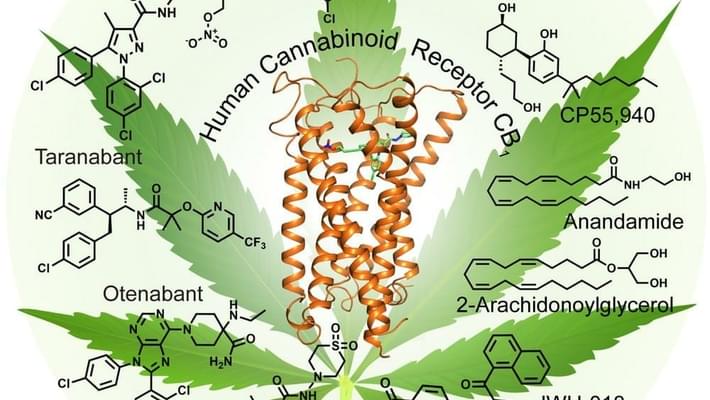
Scientists are unlocking the mystery of how marijuana makes us get high
Published on 10/25/16
Marijuana has grown alongside humanity for thousands of years, but we have yet to pinpoint exactly how it's compounds interact with our brain. Scientists have traced the primary interaction down to THC (the active compound in cannabis) and our brain's receptor, CB1. CB1 has proven to be a difficult receptor to research because of it's fast moving nature, but scientists were able to freeze it long enough to learn it's structure. Computer simulations are used to predict how new compounds could react to CB1 and help further understand how the receptor can be unsed in our benefit. We have learned that the 'active site' of CB1 is much more complex than other receptors, leading us to believe there could be a variety of positive ways that drugs could interact with it.
And once they figured out the structure, the was one surprise. Receptors have a special place where other molecules can interact with it to turn it on or off; this is called the active site. “What was interesting here is that active site had a lot of crannies, a lot of different sites within it,” says Makriyannis. “We didn’t expect it to be so intricate.” This may be why the receptor was so unstable to begin with, and it also means that lots of different types of molecules can fit within the site. This provides opportunities to design specific molecules and drugs that might, for example, suppress appetite without causing depression.
